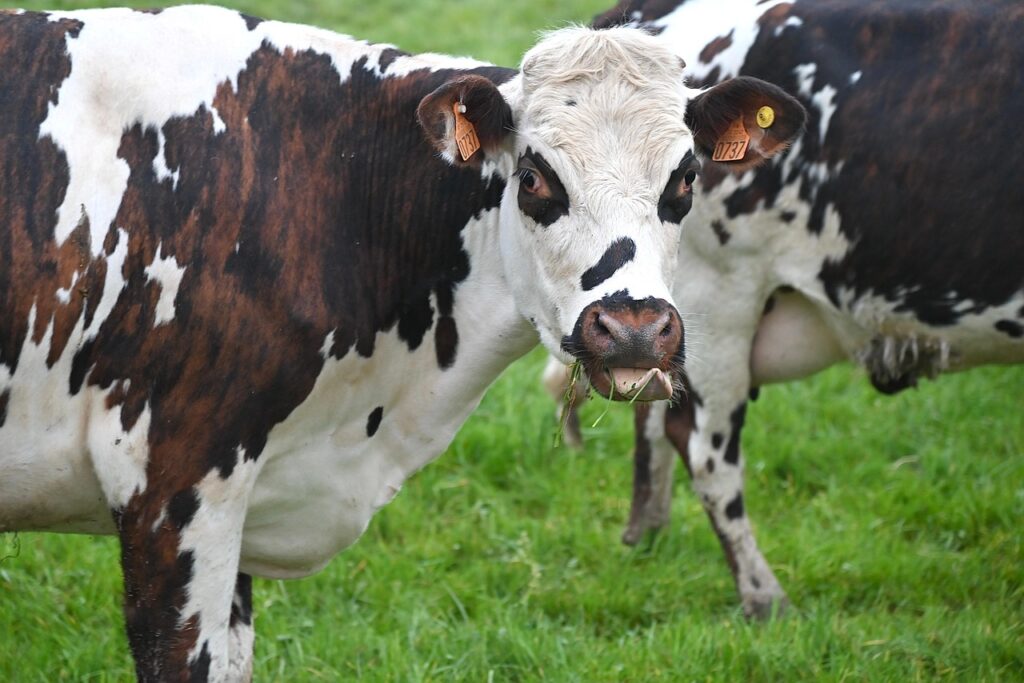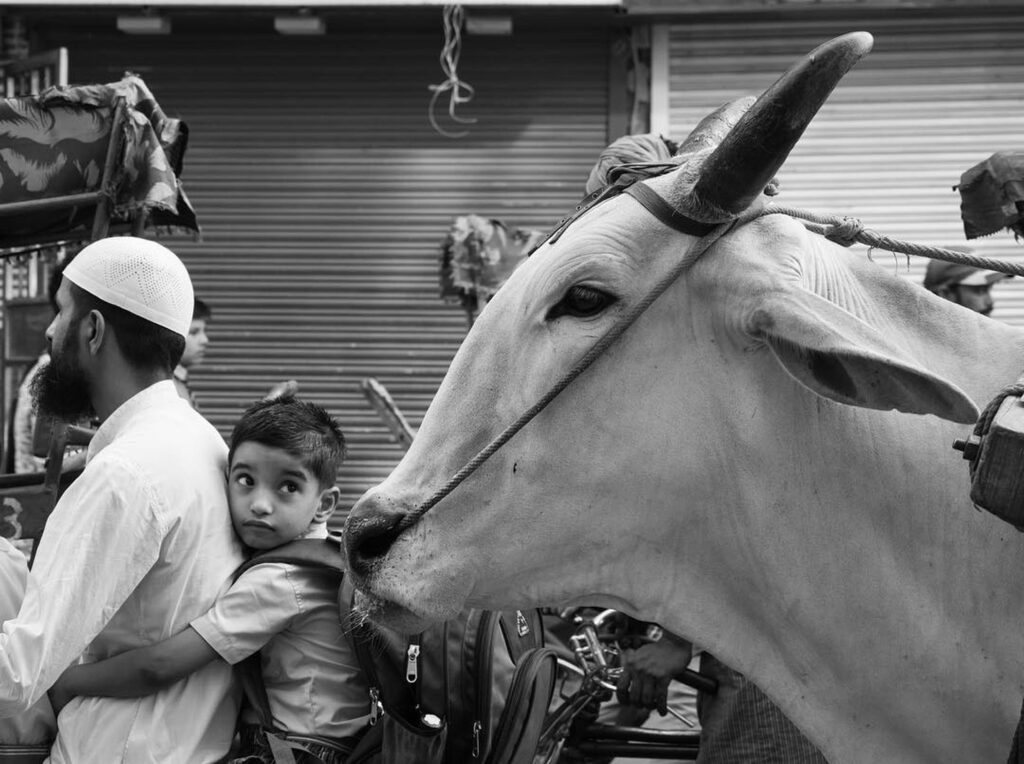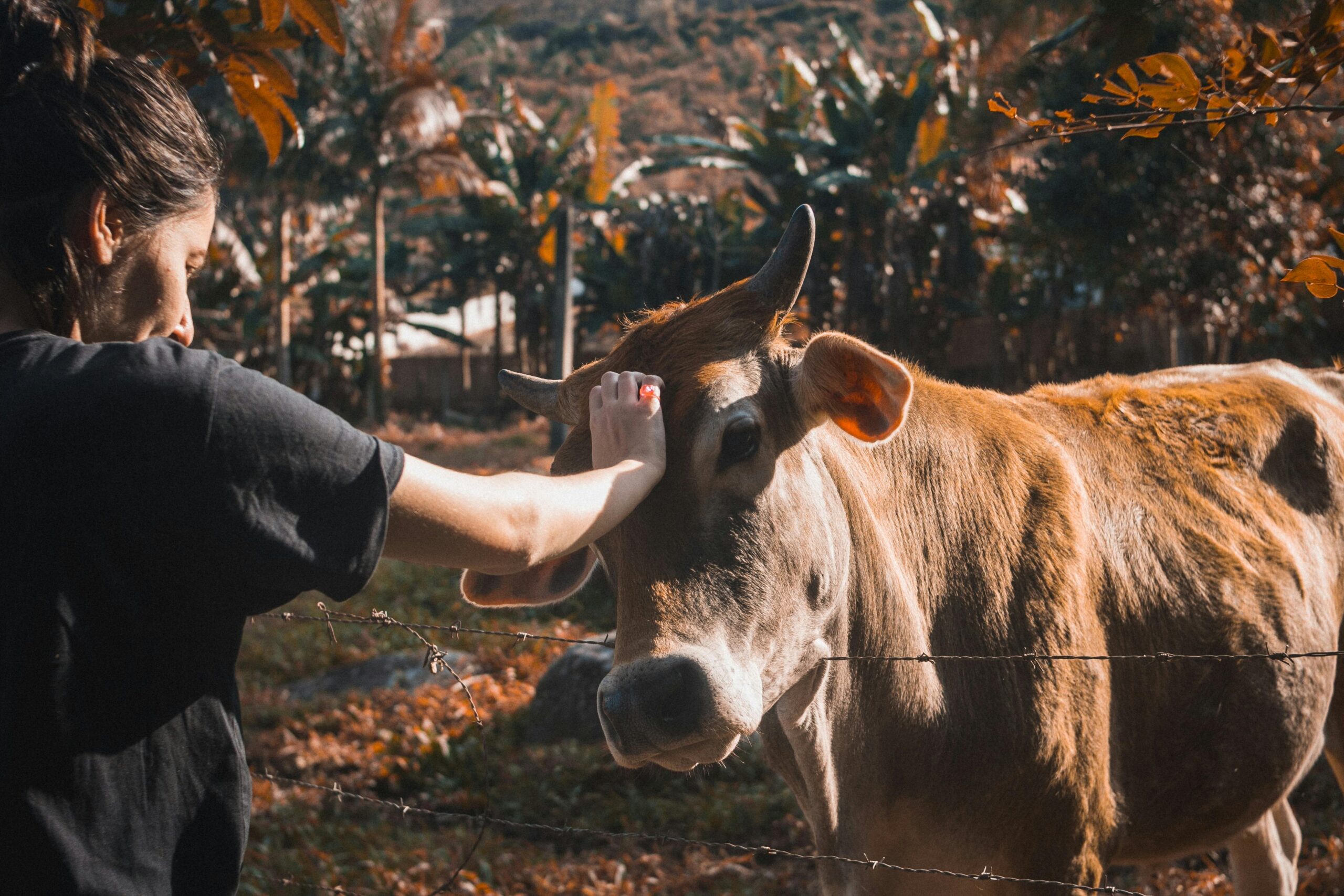Cows are often seen as simple farm animals, but recent research reveals that they possess a rich and intricate system of communication. Scientists have discovered that cows use vocalizations to express emotions, identify each other, and navigate their social interactions. Understanding this “language of cows” could revolutionize farming and improve animal welfare.

Decoding the Language of Cows
1. Unique Vocal Signatures
Research from the University of Sydney has found that cows have distinct vocal patterns that remain consistent across different emotional situations. Each cow has a unique “voice” that allows them to communicate with herd members and express their emotions effectively.
2. Mother-Calf Communication
A mother cow and her calf share a special bond, reinforced through vocal exchanges. Studies indicate that cows use lower-frequency vocalizations when communicating with their calves, helping them recognize and stay connected. This relationship is crucial for calf development and social integration.
3. Expressing Emotions Through Sound
Cows exhibit a range of emotions through their vocalizations. High-pitched calls are often associated with excitement or distress, while lower-frequency sounds indicate contentment. These vocal cues help farmers and researchers understand the well-being of the herd.
How Technology is Helping Decode Cow Communication
Advancements in technology are making it easier to study and interpret cow vocalizations.
- Artificial Intelligence & Machine Learning: Researchers are using AI to analyze cow sounds and identify patterns that indicate specific emotions, stress levels, or health conditions. This technology enables farmers to detect issues before they escalate.
- Wearable Recording Devices: Scientists are attaching small recording devices to cows’ collars to monitor and analyze their vocal patterns. This data provides valuable insights into their needs and behaviors, allowing for better care and management.
Why Understanding Cow Communication Matters
Deciphering the language of cows is more than just an academic pursuit—it has real-world applications that can improve farming practices and animal welfare.
- Better Animal Welfare: By recognizing distress calls or signs of discomfort, farmers can respond promptly, ensuring cows live healthier and happier lives.
- Higher Productivity: A stress-free cow produces better milk. Understanding their vocal cues helps optimize conditions for dairy and beef production.
- Personalized Care: Since each cow has a unique voice, individualized monitoring can lead to more effective care and improved overall farm efficiency.

Frequently Asked Questions About Cow Communication
1. Do cows recognize each other by their voices?
Yes! Each cow has a distinct vocal signature that helps them identify herd members and communicate effectively.
2. What emotions can cows express through their vocalizations?
Cows can express excitement, distress, contentment, and engagement through their moos and other vocal sounds.
3. Can technology really help understand cow language?
Absolutely! AI and machine learning are being used to analyze thousands of cow vocalizations, helping scientists and farmers interpret their needs more accurately.
4. How can farmers use this research?
Farmers can use cow vocalization studies to improve herd management, reduce stress, and increase milk production by responding appropriately to their cows’ needs.
Final Thoughts
Cows are far more communicative than we ever imagined. Their vocalizations provide a glimpse into their emotions, social interactions, and overall well-being. As science continues to uncover the secrets of cow language, we move one step closer to creating a world where animals are better understood and cared for.
Sources BBC


